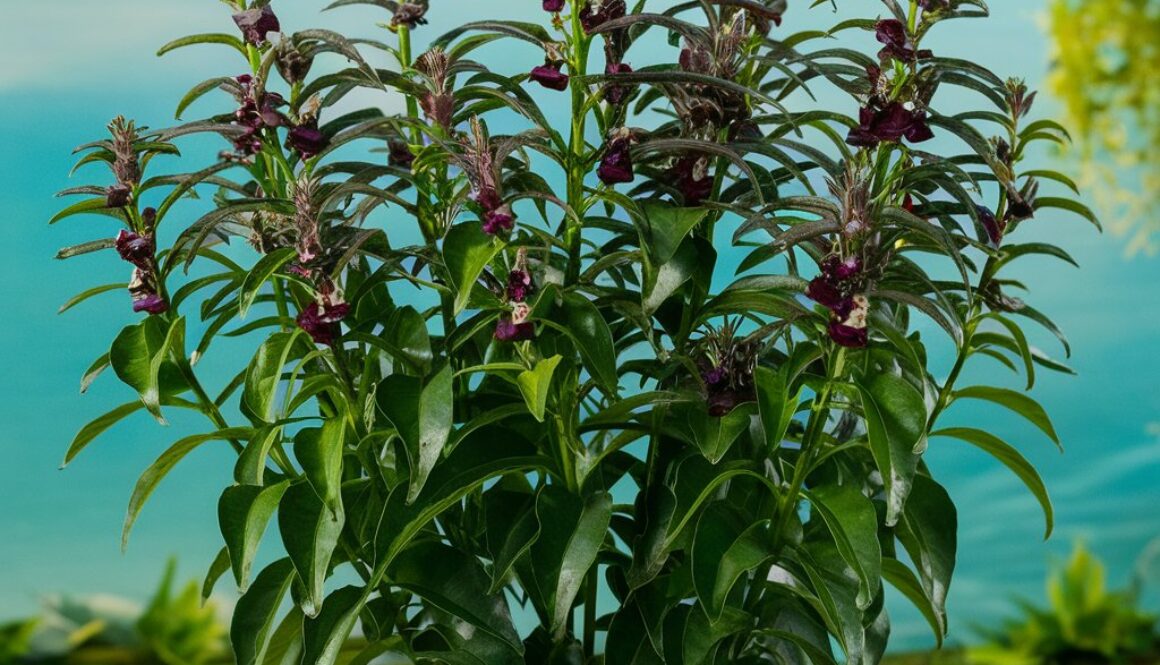Black pepper
Black pepper, scientifically known as Piper nigrum, is one of the most widely used spices globally, valued for its bold flavor and medicinal properties. Native to South India, black pepper has a long history of culinary and medicinal use, dating back thousands of years. It is renowned for its distinctive spicy taste and aromatic qualities, making it a staple ingredient in cuisines worldwide.
Part Used: The primary part of the black pepper plant used is its dried fruit, which is commonly referred to as peppercorns. These small, round fruits are harvested when they are still green and unripe, then dried to produce the familiar black peppercorns. The outer layer of the fruit, known as the pericarp, contains the essential oils and pungent compounds that give black pepper its characteristic flavor and aroma.
Usage: Black pepper is used extensively in cooking to add flavor and heat to a wide range of dishes, including soups, stews, marinades, and sauces. It is prized for its ability to enhance the taste of food while also providing numerous health benefits. In traditional medicine, black pepper has been used to aid digestion, alleviate respiratory issues, and promote overall wellness. It is often included in herbal remedies and Ayurvedic formulations for its digestive stimulant and antioxidant properties.
Agrotechniques: Cultivating black pepper requires a warm, humid climate with well-drained, fertile soil. The plant is typically grown as a perennial vine and requires support structures such as trellises or trees to climb. Black pepper plants are propagated from cuttings, which are planted in prepared soil beds or polybags. They require regular watering and mulching to retain moisture and suppress weed growth. Pruning is necessary to control vine growth and encourage flowering. Harvesting is done when the peppercorns have turned red, signaling ripeness. The berries are then dried to produce black pepper, which can be further processed into various forms, including ground pepper and pepper oil.

